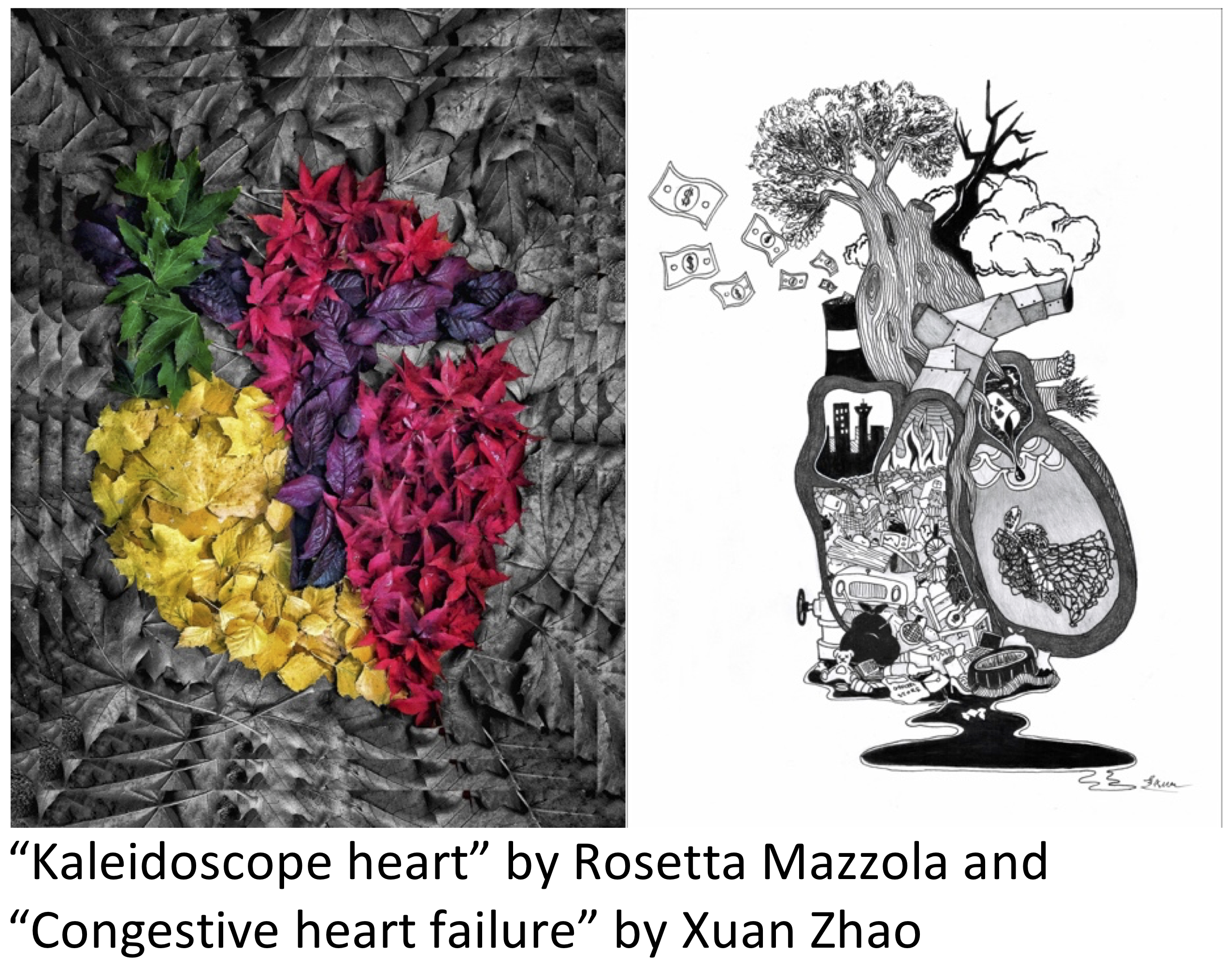Building a CTU Orientation Handbook iPad® application for first-year residents
DOI:
https://doi.org/10.36834/cmej.42935Keywords:
Orientation iPad App, Medical Education, First Year Residents, CTU OrientationsAbstract
Background: The General Internal Medicine Clinical Teaching Unit (CTU) is a challenging rotation for new residents and the optimal format of orientation has not been determined. We hypothesized that an iPad®application (app) would be a useful reference tool after residents completed their traditional large group orientation.
Methods: Postgraduate year 1 (PGY1) residents were sent a link to download the free app one week before the start of their rotation. A pre-usage survey at initial login collected basic demographics. Usage data was collected to determine the sections, duration, and the timeframe from which the app was utilized.
Results: Pre-usage survey data revealed that 63% of participants were female, 69% felt the app would improve orientation, and 94% were comfortable using mobile technology for medical education. Usage data showed “Teaching Sessions and Schedules,” “The Consult Note,” and “Admission Orders” were the three sections most commonly used. The most usage was during the evening call shift (10pm to 6am), followed by the morning shift (6am to 5pm).
Conclusion: The CTU Orientation App was a useful supplement to the traditional orientation. Researchers may not be able to predict what content would be most valuable in an iPad® app, thus pre-development needs-assessments and usage feedback are crucial.
Downloads
Published
Issue
Section
License
Submission of an original manuscript to the Canadian Medical Education Journal will be taken to mean that it represents original work not previously published, that it is not being considered elsewhere for publication. If accepted for publication, it will be published online and it will not be published elsewhere in the same form, for commercial purposes, in any language, without the consent of the publisher.
Authors who publish in the Canadian Medical Education Journal agree to release their articles under the Creative Commons Attribution-Noncommercial-No Derivative Works 4.0 Canada Licence. This licence allows anyone to copy and distribute the article for non-commercial purposes provided that appropriate attribution is given. For details of the rights an author grants users of their work, please see the licence summary and the full licence.






